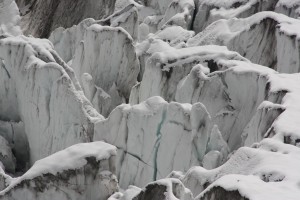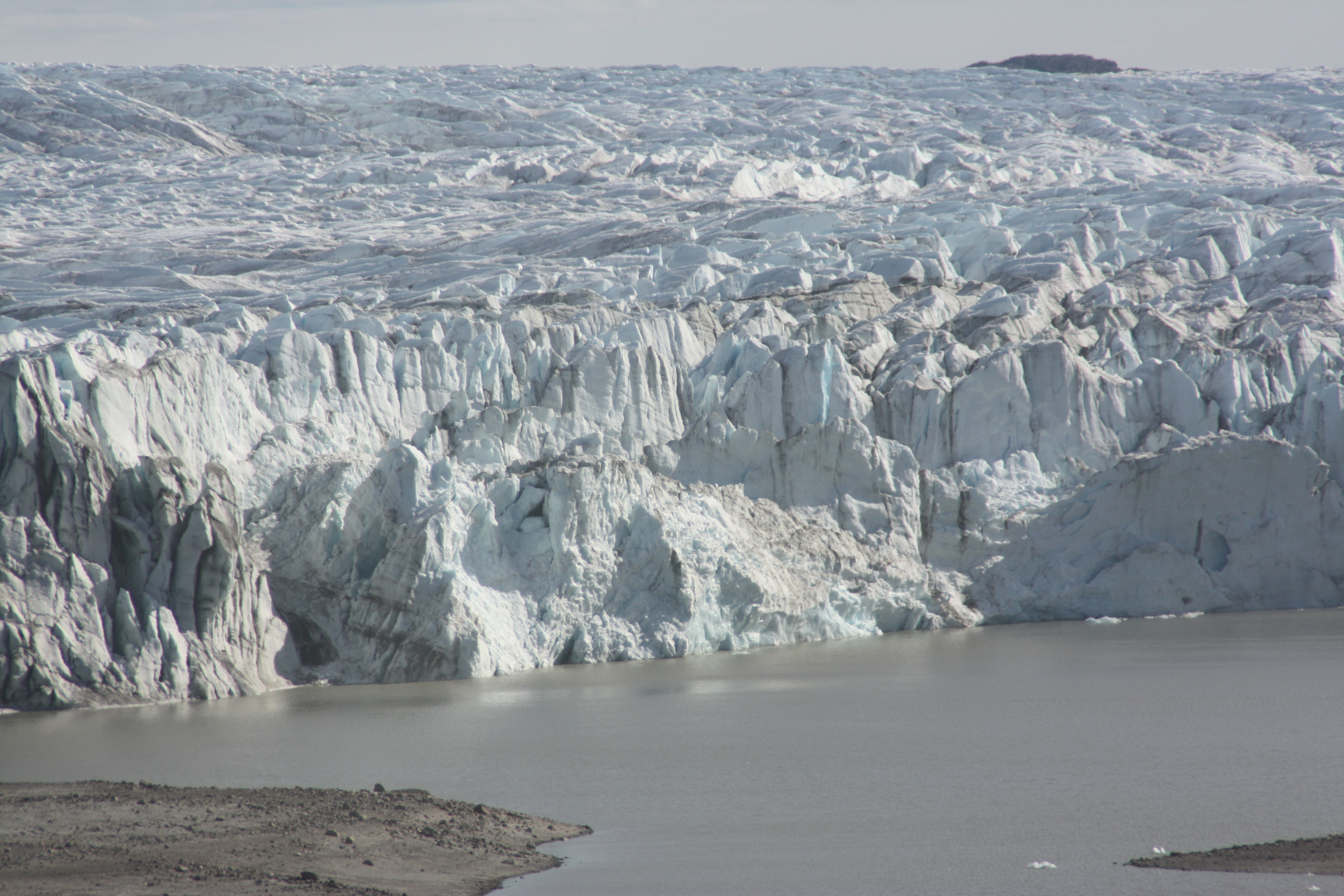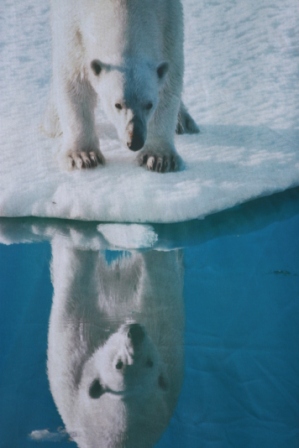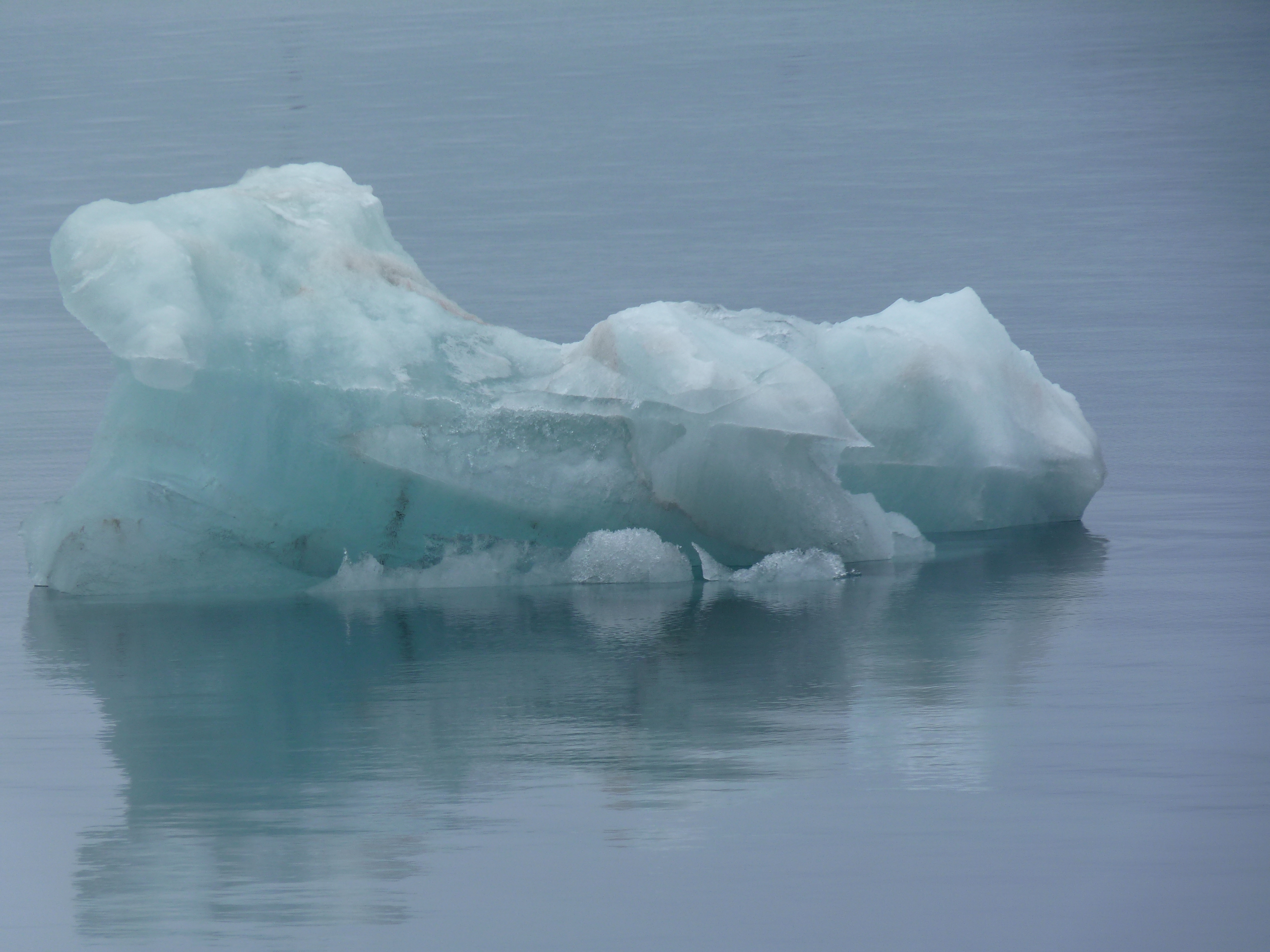Earth Hour, Vancouver and the Arctic
WWF has named the City of Vancouver in Canada as the first ever “Global Earth Hour Capital“. The city was awarded the distinction for its “innovative actions on climate change and dedication to create a sustainable, pleasant urban environment for current and future residents.” It is encouraging to see a Canadian city getting this climate award at a time when Canada is about to take over leadership of the Arctic Council and appears to be pushing hard for the economic development of the Arctic region. At the same time, the country’s glaciers are melting fast.
WWF writes:” Vancouver has been recognised by the jury for its ambition to be global leader on climate-smart urban development in spite of low national ambitions.” Those ambitions refer to the Canadian government’s lack of commitment to binding climate protection targets.
Well done to the City of Vancouver for making its own efforts to promote climate action and to reduce its carbon footprint. The activities include making new buildings carbon-neutral, encouraging people to make more than half their trips on foot, on their bicycles or by public transport. The city also wants to double the number of green jobs.
![]() read more
read more
Mining fears decide Greenland vote
Interesting times for the “ice island“. The Greenlanders have voted for a change of government amidst concern that the incumbent government was opening the country too fast to foreign mining companies.
Alequa Hammond’s Siumit party won 42 percent of the votes, up from 26.5 percent. Kuupik Kleists’ Inuit Ataquatigiit took 34.4 percent compared to 43.7 last time. Hammond, who would be the first woman prime minister of Greenland if she successfully forms a coalition with a smaller party, campaigned on a pledge to tax foreign mining companies.
Climate change is opening up opportunities for the mining of rare earth and other raw materials in Greenland, as well as oil and gas exploration. I visited the island in 2009 to report on the effects of climate change. At that time, I could already sense the dichotomy between the desire to gain revenue from mining to fund ultimate independence from Denmark on the one hand, and concern that the changing climate was making traditional Inuit lifestyles more difficult and potentially opening the way for environmentally harmful commercial activities on the other.
Hammond, an Inuit woman who was educated in Montreal before returning to Greenland and working in tourism, told the online edition of the weekly newspaper Sermitsiaq “Too much secrecy surrounding mining projects and problems in the fishery sector, as well as a lack of construction outside Nuuk (the capital), determined the outcome”. There had been a lot of concern about proposals being discussed for a company to bring 2,000 Chinese workers to the island, with a population of just 57,000, to set up a mining venture. China is becoming increasingly interested in Greenland and the Arctic as a whole, both because of its rich mineral resources and the opening of faster shipping routes between Asia and Europe and North America.
It remains to be seen to what extent protecting the environment will have priority over economic considerations as Greenland develops further.
The Arctic Council will be meeting in Kiruna, Sweden in May, the last meeting before Canada takes over the chair. China’s application for observer status will be on the agenda. Hammond says she could support the application but would take a more critical look at Chinese investments.
Interesting times ahead. Watch this space. Related stories to catch up with:
Polar ice sheets melting faster than ever
Business opportunities boom in the Arctic
Sea levels rising faster than expected
China’s Arctic ambitions spark concern
Scientists raise Greenland climate threat
A greener Arctic in a warming climate
A new study of thirty years of satellite data shows considerable changes to the Arctic tundra. The difference between the seasons is diminishing, resulting in increasing plant growth and a less clear distinction between North and South. Vegetation is moving northwards as climatic conditions shift.
The study, conducted by an international team of 21 researchers from 17 institutions in 7 countries and funded by NASA is published in Nature Climate Change. Professor Bruce Forbes from the Arctic Centre of the University of Lapland in Rovaniemi, Finland, one of the authors, says indigenous reindeer nomads in northern Russia are already experiencing increases in the height of deciduous shrubs.
Although conditions differ in different parts of the region, overall the growing season is beginning earlier and the autumn freeze starting later.
Climate News Network quotes Professor Forbes as saying “we are seeing more frequent and longer-lasting high pressure systems. In winter, the snow cover comes later, is deeper on average than in the 1960s, but is melting out earlier in spring”. Forbes and his research team used dendrochronology, the science of tree-ring measurement to confirm the findings.
“In a few decades, if the current trends continue, much more of the existing low shrub tundra will start to resemble woodlands as the shrubs become tree-sized”, says Forbes.
The warming will change ecoystems considerably and also result in “feedback” effects. Melting permafrost means peat and vegetation will decompose, releasing methane and carbon dioxide into the atmosphere.
Let me close with “food for thought” from Tim Radford, the author of the Climate News Network report on the study:
“Climate is a complicated business, and there is always legitimate room for argument about the validity of one selected set of measurements, a potential bias in the observations, or the reliability of comparison data collected two generations earlier. But vegetables can’t be fooled. Plants grow where they can. If deciduous shrubs are growing taller, and colonizing sites ever further north, then conditions must be getting warmer, and staying warmer.”
It’s hard to argue with that.
No ban on bear trade
The debate over whether the trade in polar bear fur and other body parts should be banned has to have been one of the most confusing conservation and climate issues in the headlines over the last week. The meeting of the Convention on International Trade in Endangered Species (CITES) in Bangkok has rejected calls for a ban.
The trouble is that conservationists were divided on the issue. There is widespread agreement that the polar bear population is at risk from habitat loss because of the melting Arctic sea ice, on which it hunts and feeds. The question up for debate at the CITES meeting, though, was whether international trade also puts the bears at risk of extinction. The USA was proposing the ban, arguing that the polar bear population could decline by two-thirds by 2050.
“The continued harvest of polar bears to supply the commercial international trade is not sustainable”, said Dan Ashe, head of the US delegation. Canada, which has the largest portion of the polar bear population, was against the ban. Canada is also the only country that exports polar bear parts. The country says it needs to preserve the traditions of the Inuit. Clearly, protecting the heritage and traditions of the Inuit or other indigenous peoples is an important issue in our globalised age, where minorities struggle to hold on to their identities. But that argument can be used as an excuse for other activities. Is it justifiable to hunt an animal under threat to sell its fur at a huge profit on the international market? I cannot accept the argument some people put forward that a trade ban would detract attention from the real problem of climate change. Sure, climate change is the biggest threat. That means we have to cut emissions – but don’t we also have to do everything we can to reduce pressure on endangered species in the meantime? My colleague Damian Carrington from the Guardian does not mince words here. “Politics trumps precaution every time” is the heading of one of his blog posts from Bangkok.
The issue is not an easy one. The EU abstained from the vote because of opposition from Denmark, as bears are hunted by the Inuit population of Greenland, which still belongs to Denmark. Germany, the UK, the Netherlands and Belgium were in favour of the ban. Russia was with the USA in calling for a ban to protect its bears from poaching. WWF, normally upfront on bear protection, was opposed to the ban.
Whatever the arguments behind the rejection of the ban – it certainly won’t help the iconic species that has come to symbolise the threat to the Arctic. The only positive thing to come out of this is that world attention has been focussed on polar bears and on climate change in the Arctic – and indirectly on the political and economic interests that make some players less keen than others to do something about it.
Polar bear update: “wildlife” or politics?
The Arctic Institute publishes a weekly newsletter “The Arctic this Week” and, not surprisingly, our white furry Arctic residents feature prominently again this time. As the authors, Tom Fries and Kevin Casey point out, they have slipped from the “wildlife” category into the “politics” category, with the debate going on at the CITES meeting. The newsletter went out before the start of the meeting, but it has links to some very interesting background articles on the issue. I recommend a look at their website.
Some ice blog followers drew my attention to links in yesterday’s post which were not working properly. Apologies for any technical hitches. Here are the polar bear links, mine and some of those Tom and Kevin drew my attention to.
Statement by the IUCN polar bear specialists’ group
Polar Bear Politics in the Economist
WWF Tromsö Polar Bear Workshop
Is enough being done to protect polar bears? (International Polar Foundation)
Polar bears to retain “threatened” listing – in Alaska Dispatch
USA, Europe and Russia team up to help bears – in New York Times
Suggestions for further reading welcome!

























Feedback